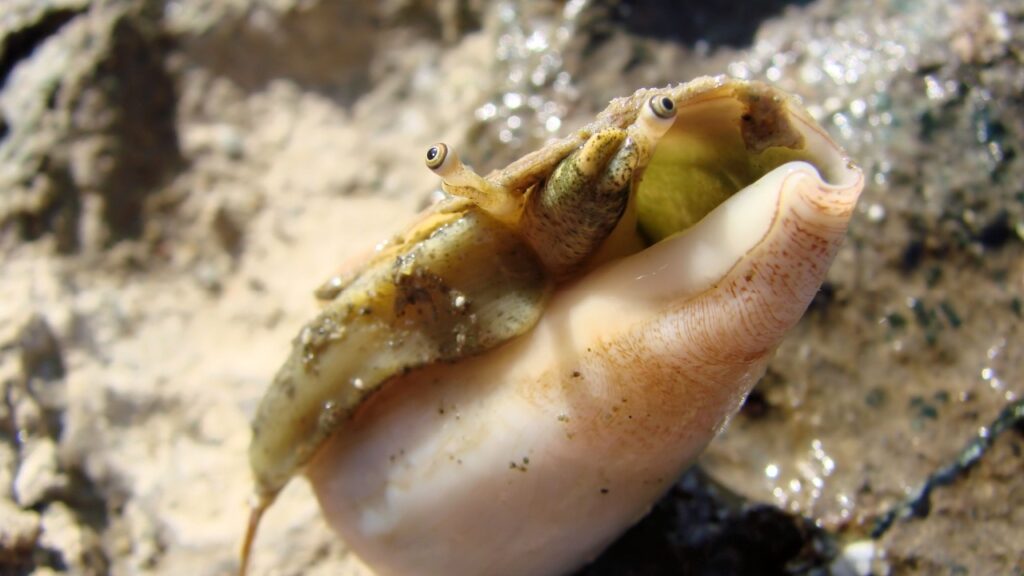Beneath the waves lurks a creature of surprising beauty and deadly intent. The cone snail, with its intricately patterned shell, is a master of deception. But don’t be fooled by its alluring exterior – this mollusk harbors one of the ocean’s most potent venoms.
They’re Among the Most Venomous Creatures on Earth
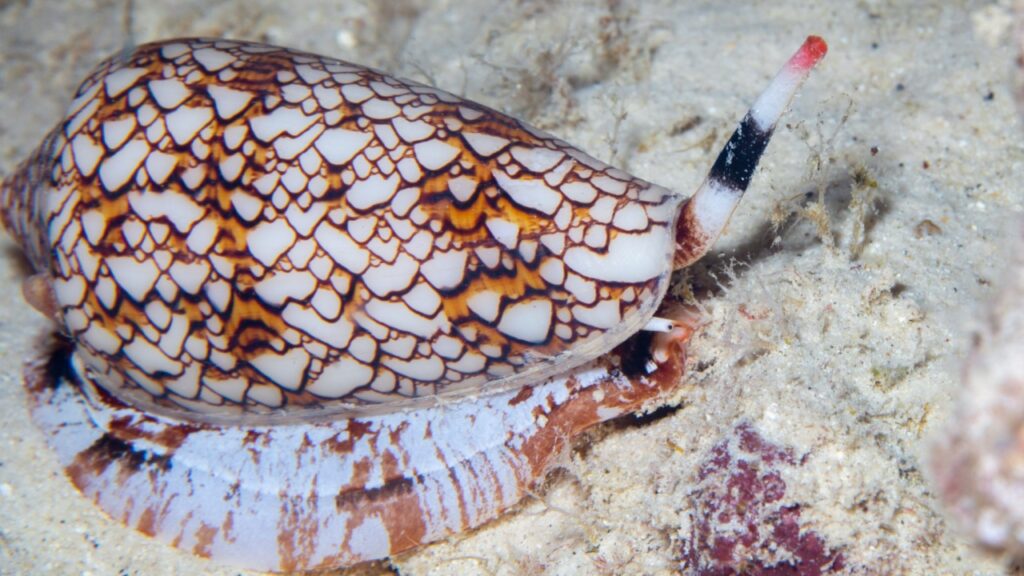
Cone snails pack a powerful punch. Their venom is so potent that some species can kill over a dozen people with a single sting. This puts them in the same league as other deadly marine creatures like box jellyfish and blue-ringed octopuses. Their toxins are a complex cocktail of compounds, many of which are still being studied by scientists for potential medical uses.
They Use a Harpoon-Like Tooth to Hunt
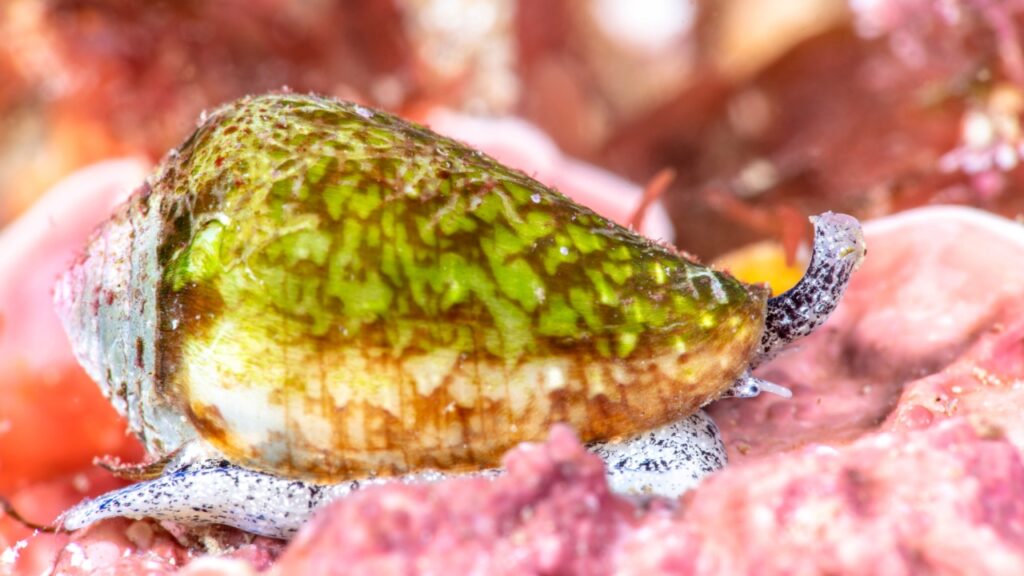
These snails aren’t slow movers when it comes to catching prey. They have a modified radula, a tooth-like structure, that acts like a harpoon. When hunting, they shoot out this venomous harpoon at lightning speed. It’s so fast that some have compared it to an underwater version of a tank, firing its deadly projectile at unsuspecting victims.
Their Venom Can Cause Paralysis in Humans
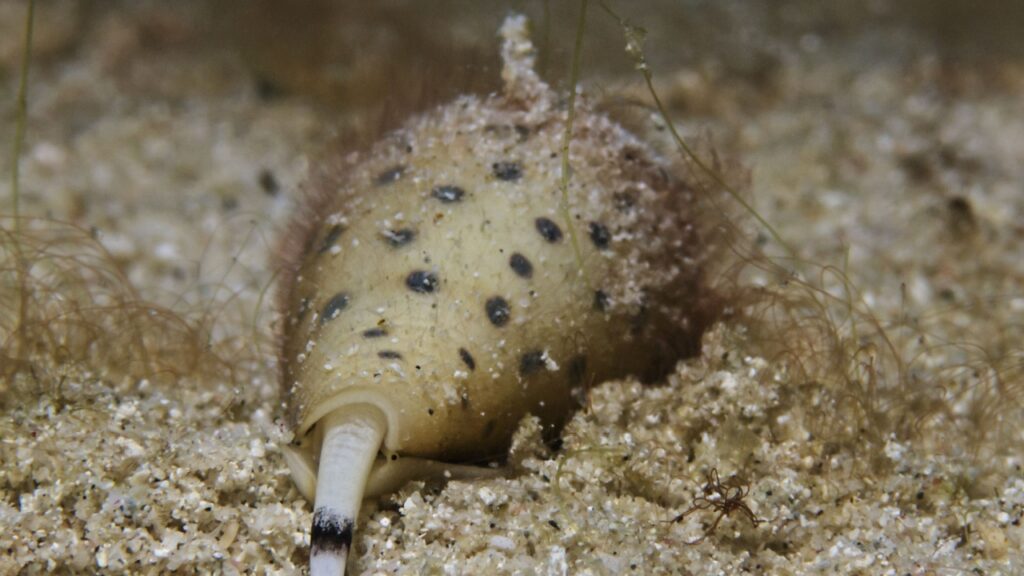
A cone snail sting is no joke for humans. The venom can cause paralysis, affecting the victim’s ability to move or breathe. In severe cases, it can lead to death within hours if left untreated. The paralysis is so complete that victims remain conscious but unable to signal for help, a terrifying prospect for anyone unlucky enough to encounter these snails.
There Are Hundreds of Different Species
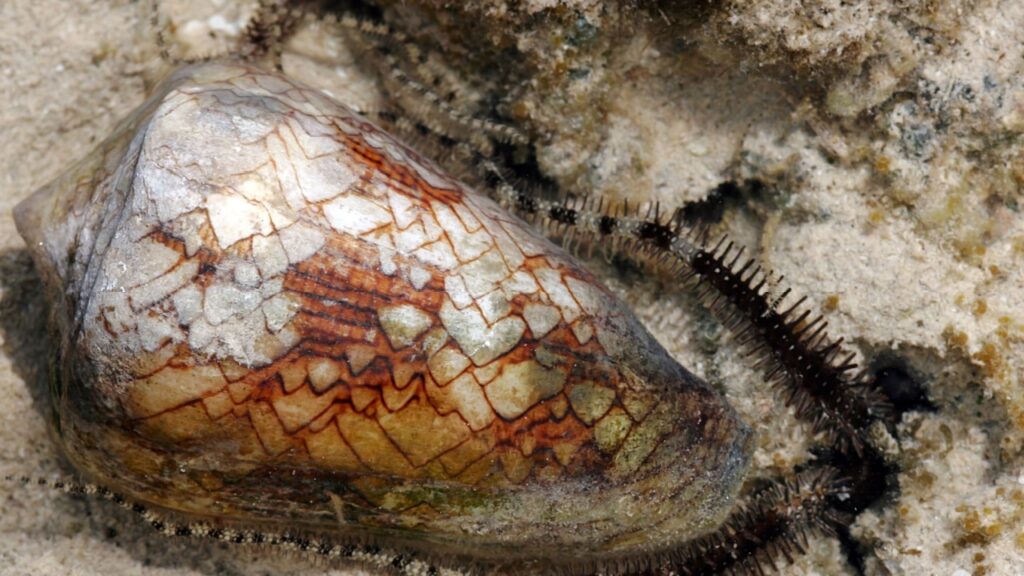
The cone snail family, known as Conidae, is incredibly diverse. There are over 500 different species of cone snails known to science. They come in a variety of sizes, patterns, and colors. While not all of them are deadly to humans, it’s best to admire them from a safe distance.
They’ve Been Around for Millions of Years
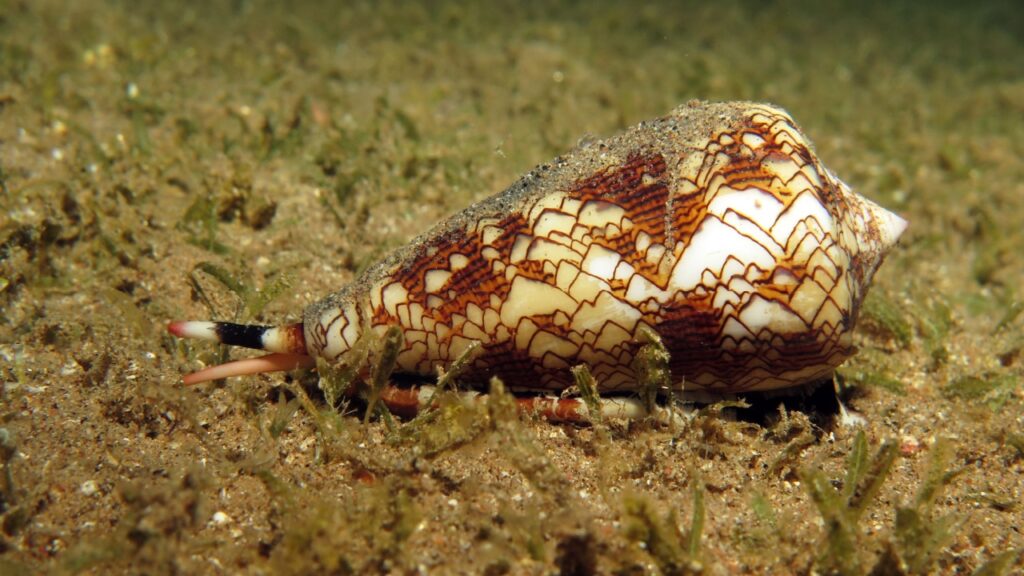
These deadly snails aren’t newcomers to Earth’s oceans. Fossil records of cone snails date back to the Eocene epoch, which began about 56 million years ago. This means they’ve survived multiple mass extinction events and have been honing their hunting skills for an incredibly long time.
Some Species Hunt Fish
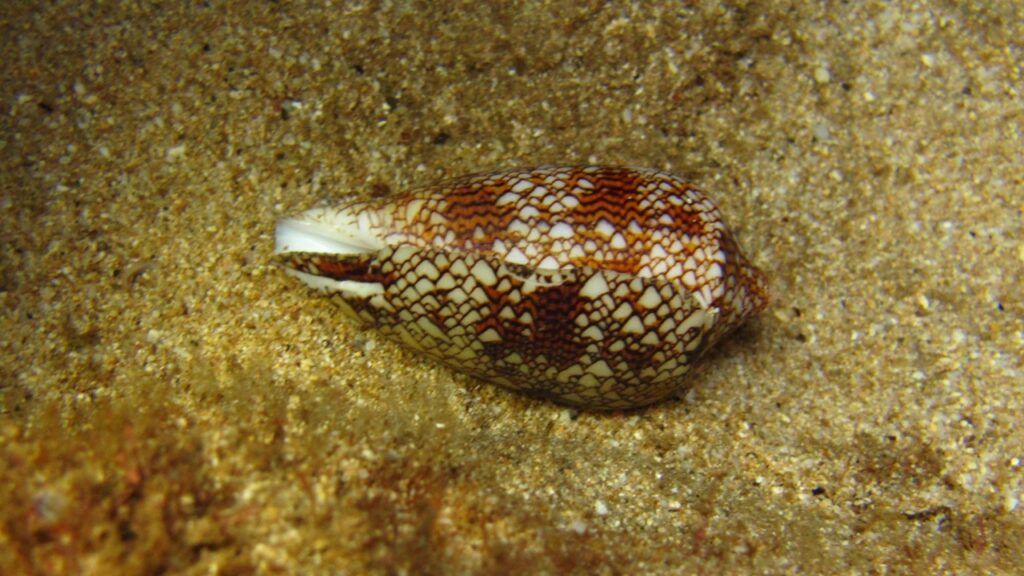
While many cone snails feed on worms or other mollusks, some species have evolved to hunt fish. These fish-hunting cone snails are often the most dangerous to humans. They use a clever trick to lure fish close. The snail extends a long, worm-like appendage that fish mistake for prey. When the fish bites, the snail strikes with its venomous harpoon.
Their Venom Is Being Studied for Medical Use
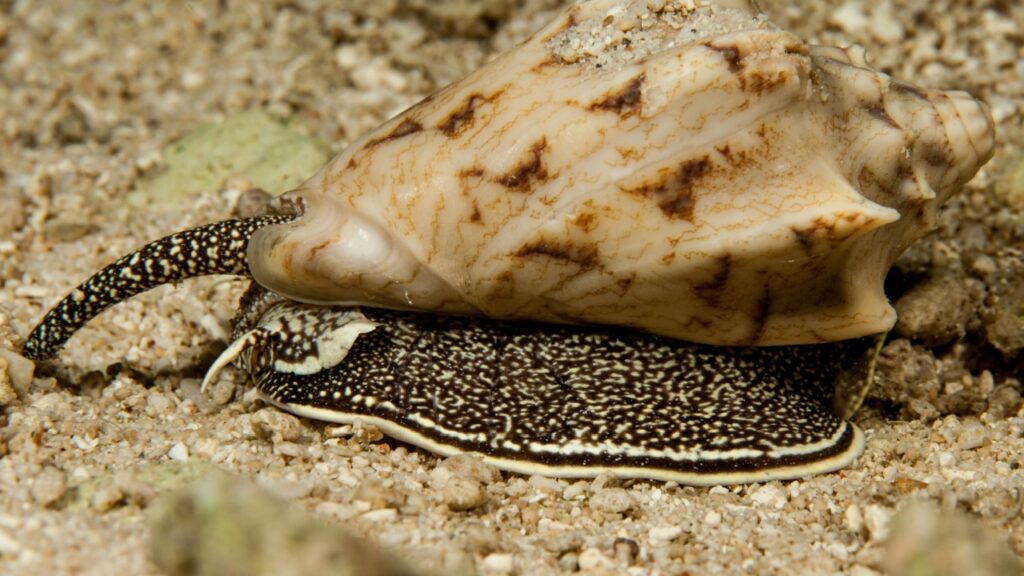
Despite their deadly nature, cone snail venom holds promise for medicine. Scientists are studying these toxins for potential pain relief and other medical applications. Some compounds from cone snail venom are already being used in pain management drugs. This research could lead to new treatments for chronic pain and other conditions.
They’re Found in Tropical Waters Worldwide
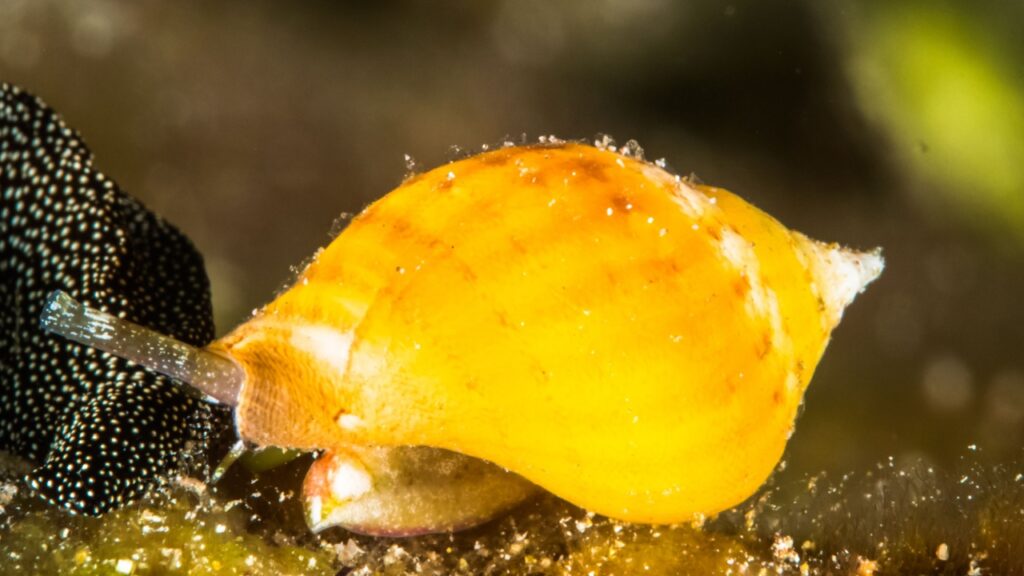
Cone snails aren’t limited to one part of the world. They’re found in tropical and subtropical waters across the globe. From the Caribbean to the Indo-Pacific, these snails inhabit coral reefs and other shallow marine environments. This wide distribution means that beachgoers and divers in many parts of the world should be aware of their presence.
Their Beautiful Shells Make Them Targets for Collectors
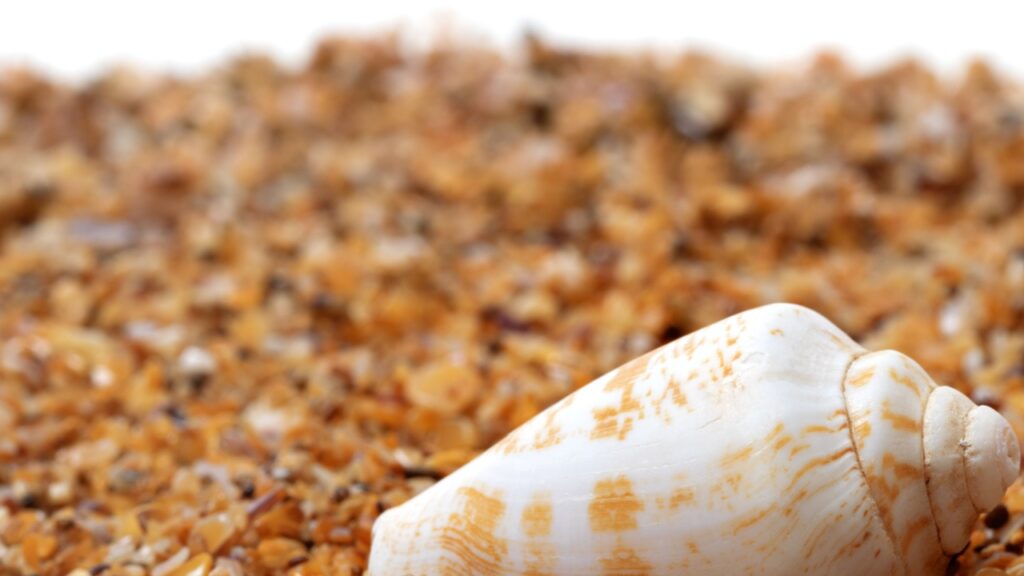
The intricate patterns on cone snail shells make them prized by collectors. Some of the most beautiful species are also the most venomous, adding an element of danger to shell collecting. This demand has led to overharvesting in some areas, threatening certain cone snail populations.
They Have a Unique Hunting Strategy
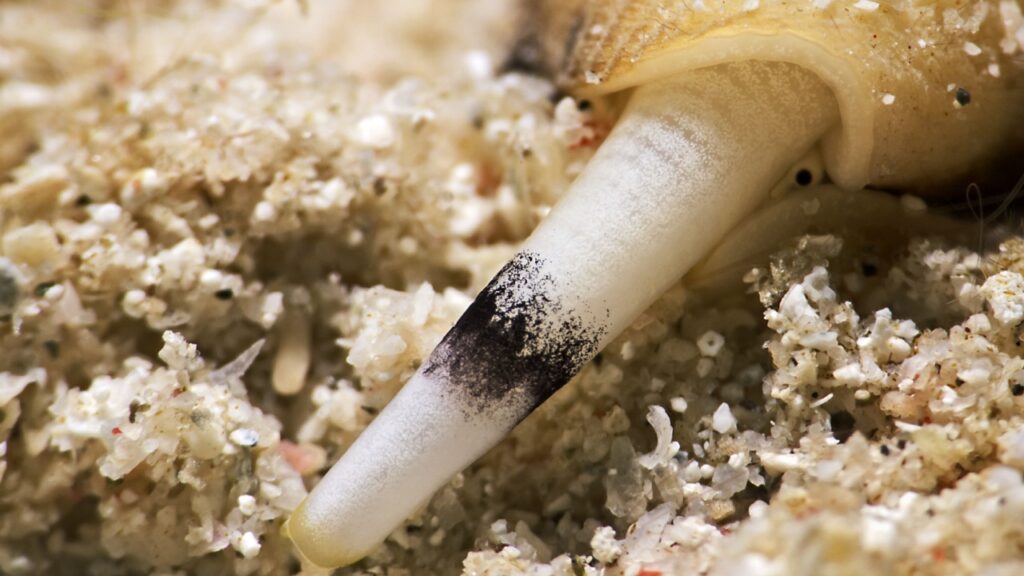
Cone snails employ a fascinating “net strategy” when hunting. They release a cloud of venom into the water, which stuns nearby prey. The snail then extends its proboscis to “taste” the water, searching for its paralyzed victim. This method allows them to catch prey that might otherwise be too fast for a snail to catch.
Their Sting Can Be Mistaken for a Bee Sting
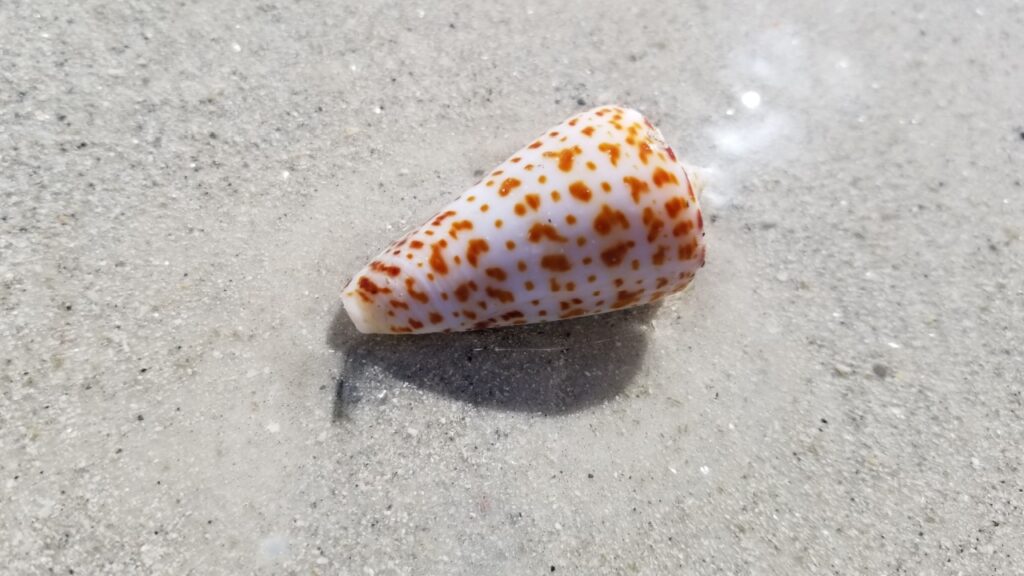
One of the dangers of cone snails is that their sting can initially feel relatively mild. Some describe it as similar to a bee sting. This can lead people to underestimate the severity of the situation. However, the venom’s effects can escalate quickly, making it crucial to seek immediate medical attention if stung.
They’re Masters of Camouflage
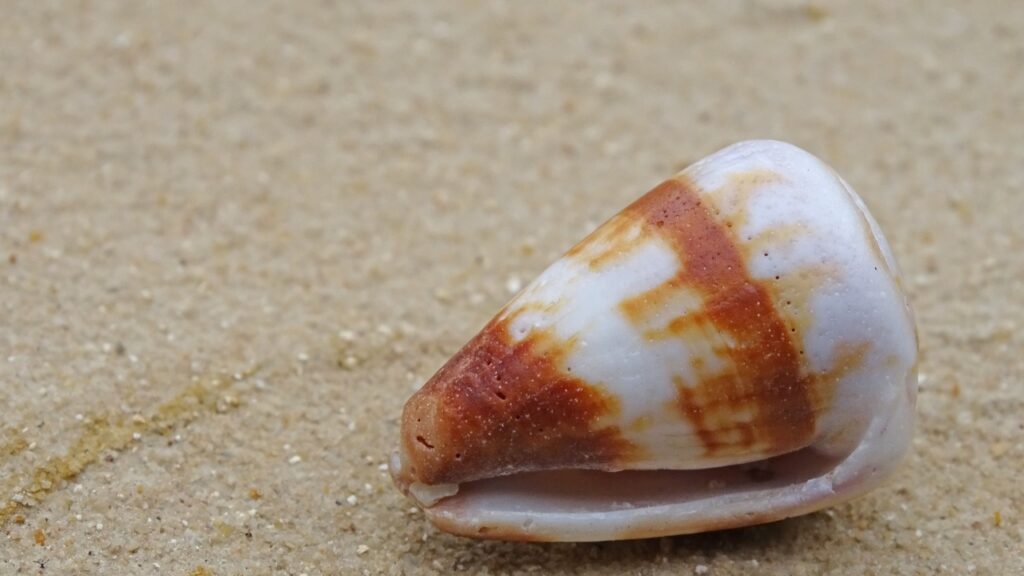
Despite their often bright and distinctive shells, cone snails are surprisingly good at blending in with their surroundings. They often partially bury themselves in sand, leaving only a small part of their shell visible. This camouflage serves a dual purpose – it helps them avoid predators and allows them to ambush prey more effectively.
Becky is a fervent wildlife enthusiast and pet care expert with a diploma in canine nutrition. Her love for animals stretches beyond the domestic, embracing the wild tapestry of global fauna. With over a decade of experience in animal welfare, Becky lends her expertise to OutlandishOwl through insightful articles, captivating wildlife information, and invaluable guidance on pet nutrition. Her work embodies a deep commitment to understanding the intricate lives of animals and a passion for educating others on sustaining natural habitats. Becky's hands-on conservation efforts and her knack for translating complex dietary science into practical pet feeding tips make her an indispensable voice for creatures great and small.

